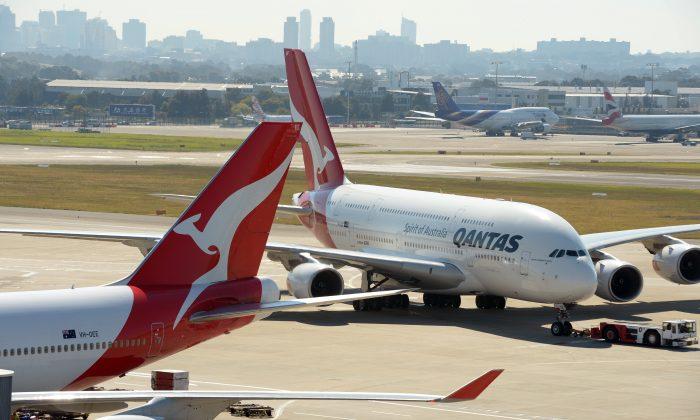Owing to a loophole in the law, the drug mephedrone is legal to sell as long as it is marketed as “plant food.”
However, suppliers often deliver the powdered drug within 24 hours to their online customers—along with a fake bank note through which the substance can be snorted.
“We sell this purely for botanical use only,” a sales agent for one supplier insisted.
“If you need to learn the effects of mephedrone on the human body then we suggest you Google it.”
However, health workers are concerned about a growing dependence on the drug that’s used as a stimulant or party drug by young people; they point to the drug’s nasty side effects including convulsions, breathing problems, nose bleeds, depression, and psychosis.
It is just one of a number of other so-called designer drugs or legal highs, which have inundated the U.K. market in recent years, and which the government is now trying hard to counter.
Last year, the government reclassified three legal highs—including stimulants BZP and GBL—as Class C drugs under the Misuse of Drugs Act. Class C drugs include tranquilizers, some painkillers, 15 anabolic steroids; penalties for dealing them can carry penalties of up to 14 years in prison or an unlimited fine or both, according to the U.K. Home Office Web site.
In 2009, the drug GBL was responsible for the deaths of three promising graduates in their twenties.
One of the victims, 24-year-old Chris Dyer, died in March after a five-year battle with addiction to GBL.
“The disease of addiction means many things to me,” he wrote in his diary 16 months before his death. “I live a life of unhappiness, lies, and deceit.
“I devastate my family, but besides being there for me, there is little they can do. It will ultimately lead to my death, unless I stop,” reported the Telegraph.
Although chemically different, GBL has a similar effect to notorious date-rape drug GHB, which was banned in 2003. Warnings over the drug were first raised in 2005, when one doctor said that it was “vastly more dangerous than Ecstasy.” However it was not banned in the U.K. until November last year.
The country’s Advisory Council on the Misuse of Drugs is investigating mephedrone as a “top priority” and is expected to report back early this year.
Last year, the drug was linked to the death of 14-year-old Gabrielle Price, who consumed the substance along with the drug ketamine—a combination that has been nicknamed “Milton Keynes.”
Friends said she had not expected any ill effects because the drug had been legal.
On an online message board, school friend Emily Siggers wrote: “You are deeply missed. School’s got flowers for you in our class, but that won’t bring you back.”
A Durham Police report last November, recounted how one young user had mutilated himself after severe hallucinations.
“A large number of contributors state how addictive mephedrone is and they are constantly topping up,” the report said.
A simple Google search brings up a number of Web sites selling mephedrone for as little as £5 (US$7.60) a gram (0.04 ounces).
By way of comparison, the illegal drug MDMA—which is said to have identical effects—is around £35 (US$53) a gram.
Other drugs for sale include methylone, which has been likened to Ecstasy, and the designer drug MDPV.
Legal Highs Made in Laboratories in China
Many of the legal highs, which have been introduced to the U.K. of late, have been developed in laboratories in China.
One supplier interviewed by the Sunday Telegraph last year said that the drug had been sold in bulk.
“We started off buying mephedrone in bulk from other Web sites,” the supplier was quoted as saying. “Then we found a Chinese company that offered to supply us.
“We buy it in bulk from them at a cost of around £2,500 (US$3,743) a kilogram (2.2 pounds) and they ship it over—usually within three to five days.”
Rather than simply ban individual designer drugs as they emerge onto the market, the government is attempting to come up with broader classifications on similar types of substances. For instance, officials are looking to outlaw ‘cannabinoids’ which include former legal highs like the drug ’Spice‘—a man-made chemical sprayed on herbal cigarettes—which had been sold in ’Head Shops’ in the U.K.
The European Union’s drug agency conducted a survey in 2009, which found that the U.K. was emerging as the region’s capital for legal highs.
Officials are also alarmed by the way the online retailers are reacting to moves to ban individual legal highs by rapidly marketing alternatives. Top representatives say it is like trying to hit a moving target.
The supplier, interviewed by the Sunday Telegraph, said that he was aware that at some point the government may consider making mephedrone illegal.
“[But] then there may be another drug shipped over that is chemically similar and has similar effects, but is legal. What’s to stop us selling that instead?”







Friends Read Free